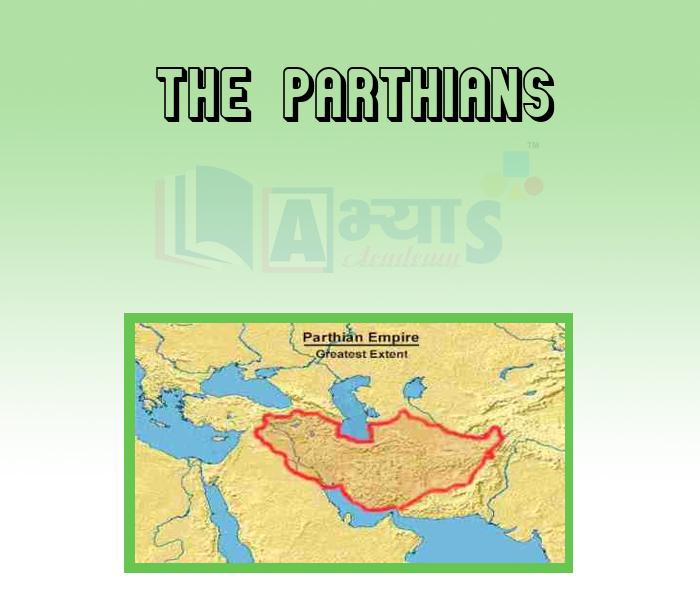The Parthians












The Parthians
The Parthians:
Parthia, ancient land corresponding roughly to the modern region of Khorasan in Iran. The term is also used in reference to the Parthian empire (247 bc–ad 224). The first certain occurrence of the name is as Parthava in the BÄ«sitÅ«n inscription (c. 520 bc) of the Achaemenian king Darius I but Parthava may be only a dialectal variation of the name Parsa (Persian).
Nothing is known of the history of Parthia while it was part of a satrapy of the Achaemenian Empire. It was joined to Hyrcania (present Gorgan, Iran) in the time of Alexander the Great and the two remained together as a province of the Seleucid kingdom. During the reigns of Seleucus I (312–281 bc) and Antiochus I soter (281–261) the Parni (Aparni) nomads probably moved from Central Asia. into Parthia and seem to have adopted the speech of the Parthians and been absorbed into the settled population.
According to tradition (somewhat disputed), the first ruler of the Parthians and founder of the Parthian empire was Arsaces I, who had been a governor under Diodotus, king of the Bactrian Greeks, and who revolted and fled westward to establish his own rule (c. 250–c. 211 bc). By 200 bc Arsaces’ successors were firmly established along the southern shore of the Caspian sea.
The earliest Parthian capital was probably at Dara (modern Abivard); one of the later capitals was Hecatompylos, probably near modern DÄmghÄn. The empire was governed by a small Parthian aristocracy, which successfully made use of the social organizations established by the Seleucids and which tolerated the development of vassal kingdoms. Although not an inventive people, the Parthians controlled most of the trade routes between Asia. and the Greco-Roman world, and this control brought them great wealth, which they used on their extensive building activities.
Students / Parents Reviews [10]
A marvelous experience with Abhyas. I am glad to share that my ward has achieved more than enough at the Ambala ABHYAS centre. Years have passed on and more and more he has gained. May the centre flourish and develop day by day by the grace of God.

Archit Segal
7thAbhyas is a complete education Institute. Here extreme care is taken by teacher with the help of regular exam. Extra classes also conducted by the institute, if the student is weak.

Om Umang
10thOne of the best institutes to develope a child interest in studies.Provides SST and English knowledge also unlike other institutes. Teachers are co operative and friendly online tests andPPT develope practical knowledge also.

Aman Kumar Shrivastava
10thMy experience was very good with Abhyas academy. I am studying here from 6th class and I am satisfied by its results in my life. I improved a lot here ahead of school syllabus.

Ayan Ghosh
8thAbout Abhyas metholodology the teachers are very nice and hardworking toward students.The Centre Head Mrs Anu Sethi is also a brilliant teacher.Abhyas has taught me how to overcome problems and has always taken my doubts and suppoeted me.

Shreya Shrivastava
8thMy experience with Abhyas academy is very good. I did not think that my every subject coming here will be so strong. The main thing is that the online tests had made me learn here more things.

Hiya Gupta
8thI have spent a wonderful time in Abhyas academy. It has made my reasoning more apt, English more stronger and Maths an interesting subject for me. It has given me a habbit of self studying

Yatharthi Sharma
10thMy experience with Abhyas is very good. I have learnt many things here like vedic maths and reasoning also. Teachers here first take our doubts and then there are assignments to verify our weak points.

Shivam Rana
7thIt was a good experience with Abhyas Academy. I even faced problems in starting but slowly and steadily overcomed. Especially reasoning classes helped me a lot.

Cheshta
10thBeing a parent, I saw my daughter improvement in her studies by seeing a good result in all day to day compititive exam TMO, NSO, IEO etc and as well as studies. I have got a fruitful result from my daughter.
